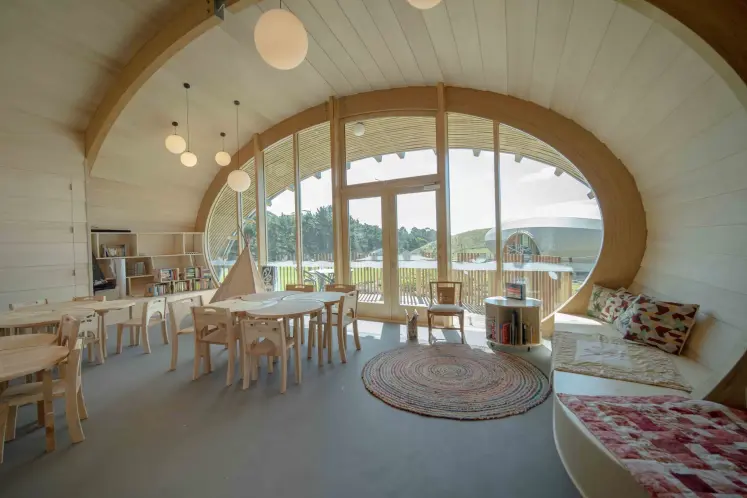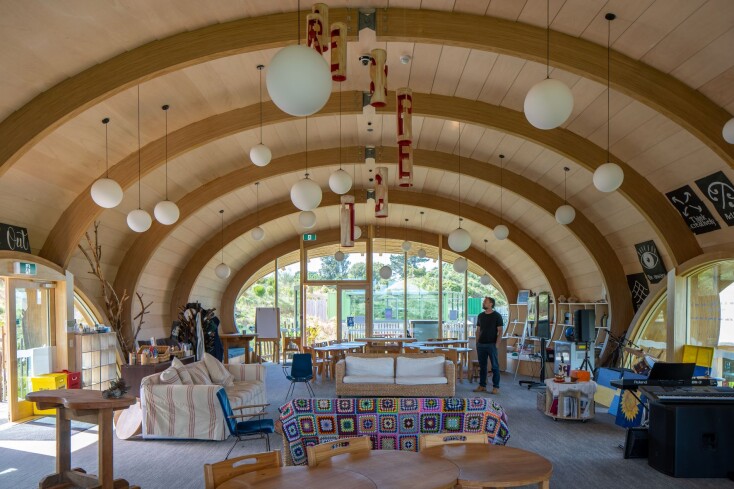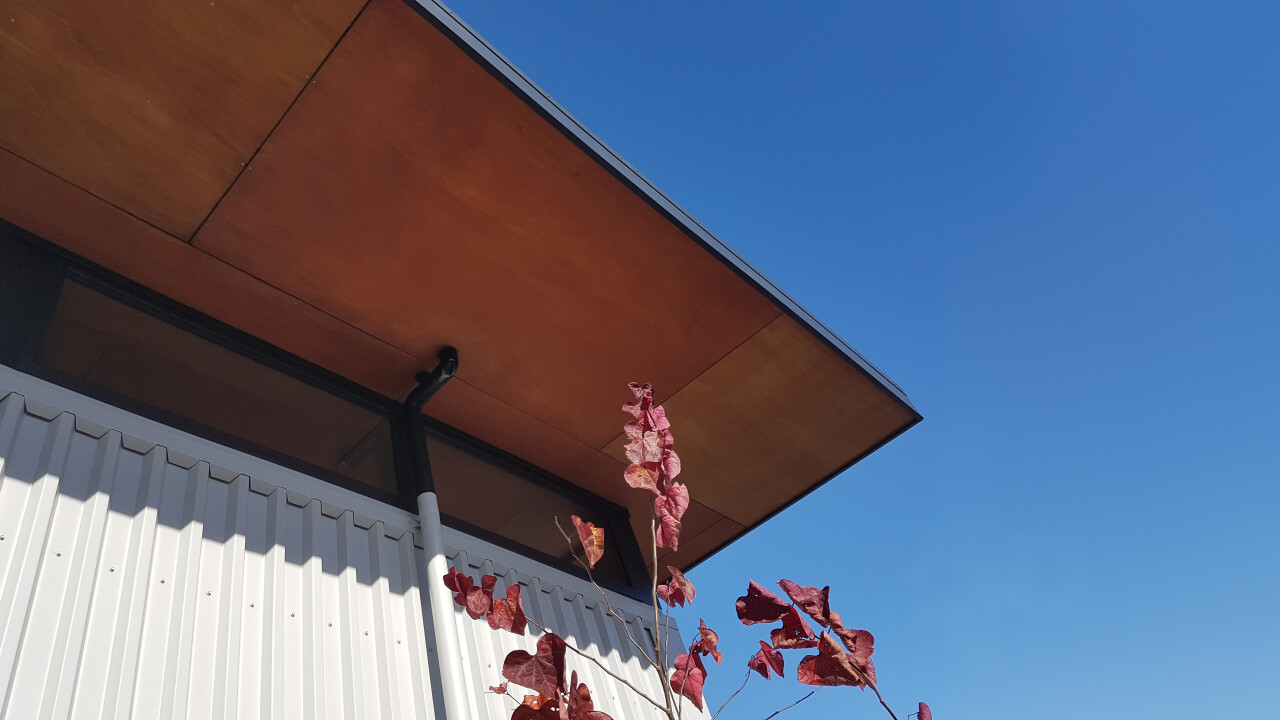
When specifying plywood in commercial or multi-unit residential buildings, fire performance is an important consideration. Not all plywood is created equal, especially when it comes to meeting the New Zealand Building Code’s fire safety requirements. Here’s what you need to know about group ratings and how intumescent coatings can support compliance.
Understanding group ratings
Group ratings refer to how wall and ceiling linings perform in a fire, particularly how quickly they ignite and how much heat they release. In New Zealand, the relevant standard is set out in NZBC Clause C/AS2, which defines Group Numbers from 1 to 3:
• Group 1: Best fire performance
• Group 2: Intermediate performance
• Group 3: Limited fire performance
Many untreated plywood products naturally fall into Group 3, which is often not sufficient for public spaces or exit routes that require Group 1-S or 2-S compliance. This is where surface treatments come in.
Improving ratings with intumescent coatings
An effective way to improve a group rating is by applying an intumescent coating. These are fire-retardant paints or clear finishes that expand when exposed to heat, forming an insulating barrier.
When correctly specified and applied, these coatings can help plywood achieve a higher group rating, often Group 1-S or 2-S, depending on the substrate and the system tested. Any system used must be tested and verified according to ISO 5660 standards to confirm performance.
We work with coating suppliers and testing labs to help ensure the correct product is used for your application. If you are targeting a specific group number, get in touch early in your design process and we can guide you through the specification and documentation.

Flameshield Poplar installation with exceptional flame retardant properties.
Tested systems and compliance support
Some of our plywood products have been tested with specific intumescent systems to meet Group 1-S or 2-S ratings. We can provide documentation and work with your fire engineer or compliance consultant to support your project.
Whether you're lining a commercial lobby or cladding a school stairwell, we can help you meet the fire performance requirements with confidence. Need help? Contact us.



